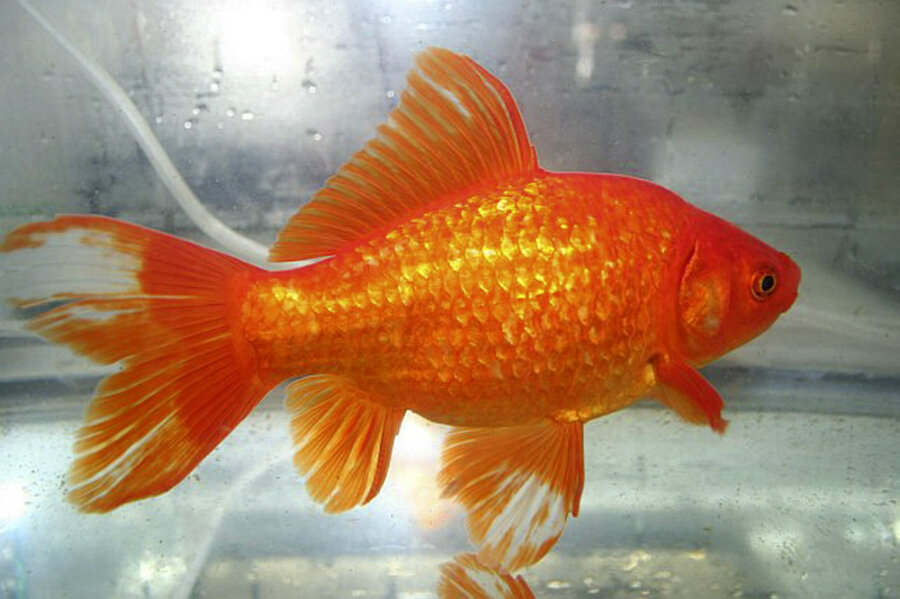Pet goldfish, discarded, become giant problem for Australia
Loading...
Football-sized goldfish are wreaking havoc on Australian waterways – and according to a new study, published last week in the journal Ecology of Freshwater Fish, they’re willing to swim almost 150 miles to do it.
Researchers from Murdoch University’s Centre of Fish and Fisheries have recorded “alien” goldfish travelling long distances to disrupt Western Australian ecosystems. These invaders have grown huge in their new environment, and like other invasive species, they might be very difficult to get rid of.
“Once established, self-sustaining populations of alien freshwater fishes often thrive and can spread into new regions, which is having a fundamental ecological impact and are major drivers of the decline of aquatic fauna,” said lead author Stephen Beatty in a statement.
The domestic goldfish, Carassius auratus, grows to match the size of its habitat and the abundance of its resources. In other words, pet goldfish can grow to be more than 4 lbs. when released in major waterways. Their feeding habits are extremely disruptive to native fish populations; sometimes, wild goldfish will even eat the eggs of their competitors.
These are facts that most people don't consider before they dump their unwanted pet into a nearby pond.
"Unfortunately a lot of people don't understand that wetlands connect up to river systems, and introduced fish, once they get in there, can do a lot of damage to native freshwater fish and the aquatic habitat," Dr. Beatty told the Australian Broadcast Corporation (ABC).
Introduced into an ecosystem with no natural predators, these fish often thrive. In the Great Lakes, invasive goldfish and Asian carp are so common that fisherman have begun selling them for a profit. In Lake Tahoe in California, 18-inch goldfish are a major cause for ecological concern. As the fish eat everything in sight, they excrete an overabundance of nutrients and stimulate algae growth.
Once introduced, these invaders can be notoriously persistent. And removal, when possible, is an extremely expensive process. The government of New Zealand has invested $28 million into eradicating harmful, non-native animals. The Red Hills Desert Garden, an endangered fish sanctuary in Utah, will go dry this month in an effort to kill off invasive species such as illegally introduced goldfish.
But there is one surefire way to prevent the spread of invasive animals. When it’s time to part ways with your beloved cat, fish, or snake, simply bring it to a shelter or pet store – don't just release it into the wild.








